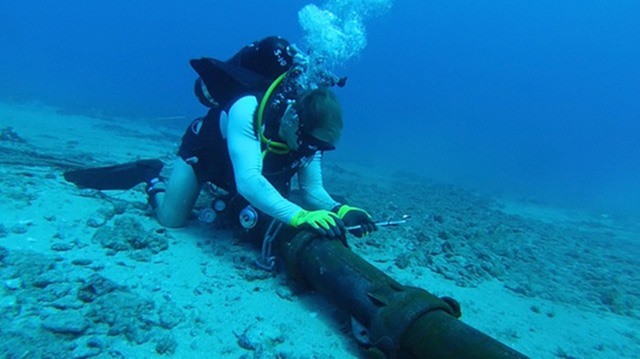
Viettel, one of the largest Vietnamese internet providers, confirmed the incident, saying international undersea cables AAG and Inter-Asia (IA) had developed problems in the Hong Kong sea area. AAG was down at two spots, some 66km and 85km away from the cable station in Hong Kong.
The IA cable line snapped at a location some 54km from its Hong Kong’s cable station.
The exact place where the SMW3 cable line broke down, however, is yet to be located.
Internet providers in Việt Nam failed to provide an explanation as to why all three internet cables were down at the same time and were unclear about the timeline of when the cables would be fixed.
The providers said that they would have to rely more on land cables for internet in the mean time, however, those were unlikely to meet usage demand.
The AAG line is one of the longest submarine cables in the world, stretching more than 20,000km across the Pacific Ocean to link Southeast Asia with the United States. The line accounts for up to 60 per cent of the internet connection between Việt Nam and the rest of the world.
The IA cable is some 6,800km long and connects five Asian countries and territories – Việt Nam, Singapore, the Philippines, Japan and Hong Kong.
This is the third time AAG and IA have faced problems this year.
The other broken line, SMW3, connects the three regions of East Asia, the Middle East and Western Europe with total length of 39,000km.
All three internet cables breaking down will severely disrupt internet connection from Việt Nam to other parts of Asia, the United States and Europe source from VNS
























